Description
Siu Lim Tao
Siu Lim Tao is the firsthand form of the Wing Chun Kung Fu system. The form teaches the correct hand and arm positions for attack and defense. Development and use of energy are the focus of Siu Lim Tao training.
In this informative Mastering Siu Lim Tao video, Grandmaster Samuel Kwok teaches the correct method of performing the form as handed down by Ip Man, and gives the student the keys to training the foundation of the Ip Man Wing Chun Kung Fu method. Instruction includes the correct method of performing the form, as well as training methods and the application of each technique.
Chum Kiu
Chum Kiu is the second form in the Wing Chun Kung Fu system. This form teaches the dynamic application of the techniques learned in Wing Chun’s first form Siu Lim Tao. While the first form teaches the correct structure of the attacks and defensive movements, it is in Chum Kiu that the student learns to “seek the bridge” and use both hands simultaneously, such as one hand defending while the other attacks.
Chum Kiu teaches stepping and footwork, and also Wing Chun’s specialized kicking method and the generation of power through the correct method of using the entire body in stance turning (Yiu Ma). In this video, Grandmaster Kwok also demonstrates and explains in detail the use of Wing Chun’s devastating short-range power.
Biu Gee
Biu Gee “thrusting fingers,” also known as “first aid hand,” is the last hand form taught in the Ip Man Wing Chun system. Biu Gee training is one of the keys to learning to focus energy into a strike. Biu Gee also develops devastating striking power by combining focused strikes with the rotational energy developed by correct stance turning (Yiu Ma), as learned in the previous training of the Chum Kiu form. Another key of Biu Gee training is to train the hands to regain the center if the centerline is lost or unguarded.
The Biu Gee form teaches two unique methods of footwork, the use of “Two Direction Energy” and how to control the opponent and effectively use continuous striking movements. In this video, Grandmaster Kwok demonstrates the proper method of training this devastating form. It is the complete training in all three forms that allows the student to correctly apply Wing Chun in Chi Sao as well as in the Wooden Dummy Training.
Chi Sao
Chi Sao constitutes the most important training method in the Wing Chun system. It is what Ip Man referred to as the genius of Wing Chun. Training in Chi Sao will help you develop contact reflexes, which is the key to victory in a live combat situation. Chi Sao training develops close quarter coordination and close quarter focus; improves mobility, balance, timing, and accuracy, and creates ample targets and openings in which to attack and counter.
This is a unique and refreshing insight into the Chi Sao element of Ip Man’s original Wing Chun Kung Fu. In this video, all the major drills and trapping theories are investigated with explosive applications. You will learn the techniques of Chi Sao: basic hand techniques, single hand, double hand drills, footwork, correct body structure alignment, body turning, etc…
Wooden Dummy
All the original sections are demonstrated clearly from start to finish, in different camera angles to facilitate easy and accurate learning. There also is a general commentary and description of each segment and its most common training mistakes to improve not only your technique, but your level of understanding. In addition to teaching the skills on the wooden dummy, Grandmaster Samuel Kwok demonstrates the applications of the wooden dummy training techniques on a partner, giving you an excellent idea of the combat effectiveness of each movement.
The Wing Chun wooden training dummy is a training device designed to correct technique and structure as well as increase power, speed, accuracy, and conditioning. You’ll learn the true Original Ip Man’s Wing Chun Wooden Dummy form from Grandmaster Samuel Kwok. This video is a complete step-by-step guide to the Wooden Dummy hands techniques, legs application, and footwork.
6 1/2 Point Pole
Leung Yee Tai exchanged Wing Chun techniques in exchange for learning the pole forms from Wong Wah Bo to gain stronger wrist and help make his Biu Gee stronger. This explains why the footwork is different in the rest of the Wing Chun system. When Leung Jan learned Wing Chun from Leung Yee Tai and Wong Wah Bo it was quite unorganized and did not fit the Wing Chun system. Being a scholar and a doctor he added structure to the curriculum and created an order of progression.
Breakdown of the Six and a Half Point Pole techniques: Kom Kwan (Covering Pole), Biu Kwan (Striking Pole), Til Kwan (Descending Pole), Dan Kwan (Ascending Pole), Sheung Lan Kwan (Stirring the Water Pole).
Baat Cham Dao
This weapon provides training in mobility and further enhances precision in movement. Practicing the knives is comparable to practicing the pole and dummy techniques. The principle is to overcome the opponent with fast, simple, straight forward strikes. The horse stance must be extremely mobile, agile and the energy forward requires total body commitment and coordination . The weapon enhances the application and exertion of qi with the wrist and forearms, which improves your skills in hand combat. Because the weapons extend your energy range, you ability in Chi Sao and combat will be vastly improved.
KNIFE FORM AS TAUGH T BY T E GREAT GRAND MASTER IP MAN
Baat– ‘eight’, Cham– ‘slash/ cut/ chop’, Dao –‘broad sword/ saber ’, Baat-Cham-Dao literally means eight-point-slashing-swords. This type of weapon originates from the southern part of China. One uses for blocking , one uses for attacking , and both Dao often are used in a pair — also known as Butterfly Sword
Street Self Defense
In “Practical Application of Street Self Defense” Sifu Kwok demonstrates a simplified version designed for all ages. Wing Chun originally invented by a small women teaches us how to misdirect our opponents power and turn it against them. Grandmaster Kwok simplifies those techniques.
Learn how to avoid bad situations on the street by using simple and effective strategies. One step techniques proven to defeat your opponent and allow you to escape.
Grandmaster Samuel Kwok has been studying Wing Chun since 1967. After moving to the UK in 1972, he studied under Lee Sing. After returning to Hong Kong, GM Kwok began intensive private study with Grandmaster Ip Chun. He was awarded Master Status in 1981 and represented Ip Chun for many years. Grandmaster Kwok was the first to bring Ip Chun and Ip Ching from Hong Kong, and introduce their teaching to the U.K. Europe, Germany, Australia, Denmark, and the U.S. In 1994, Grandmaster Kwok returned to study with Grandmaster Ip Ching. He is the senior representative of the Ip Man / Ip Chun / Ip Ching lineage in the U.K. and U.S., with certified instructors around the world.

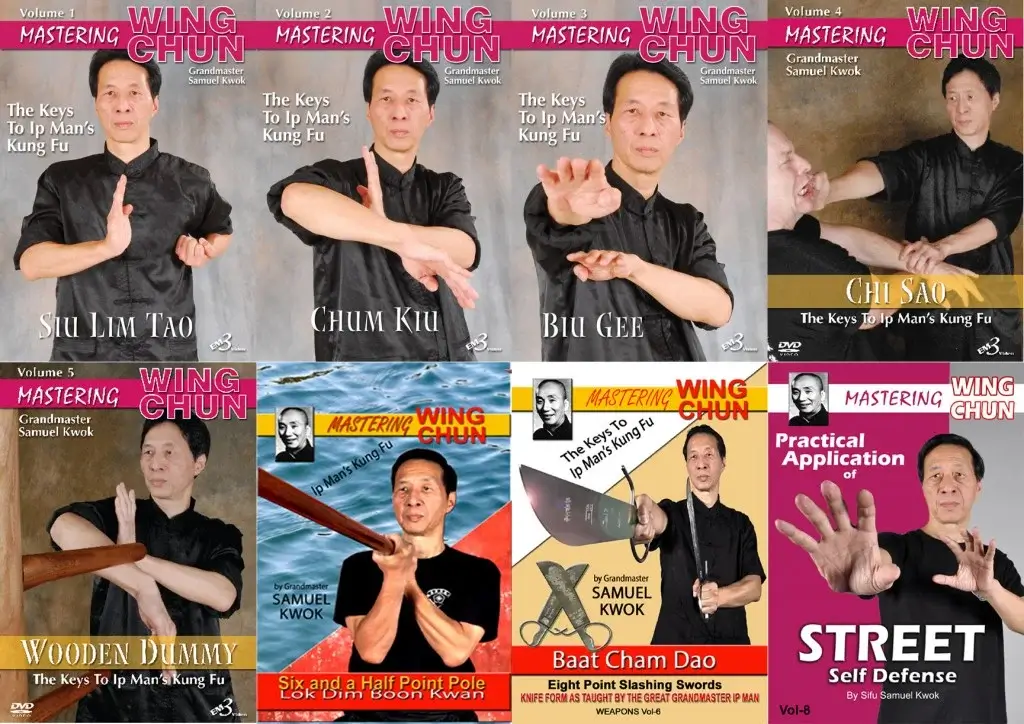

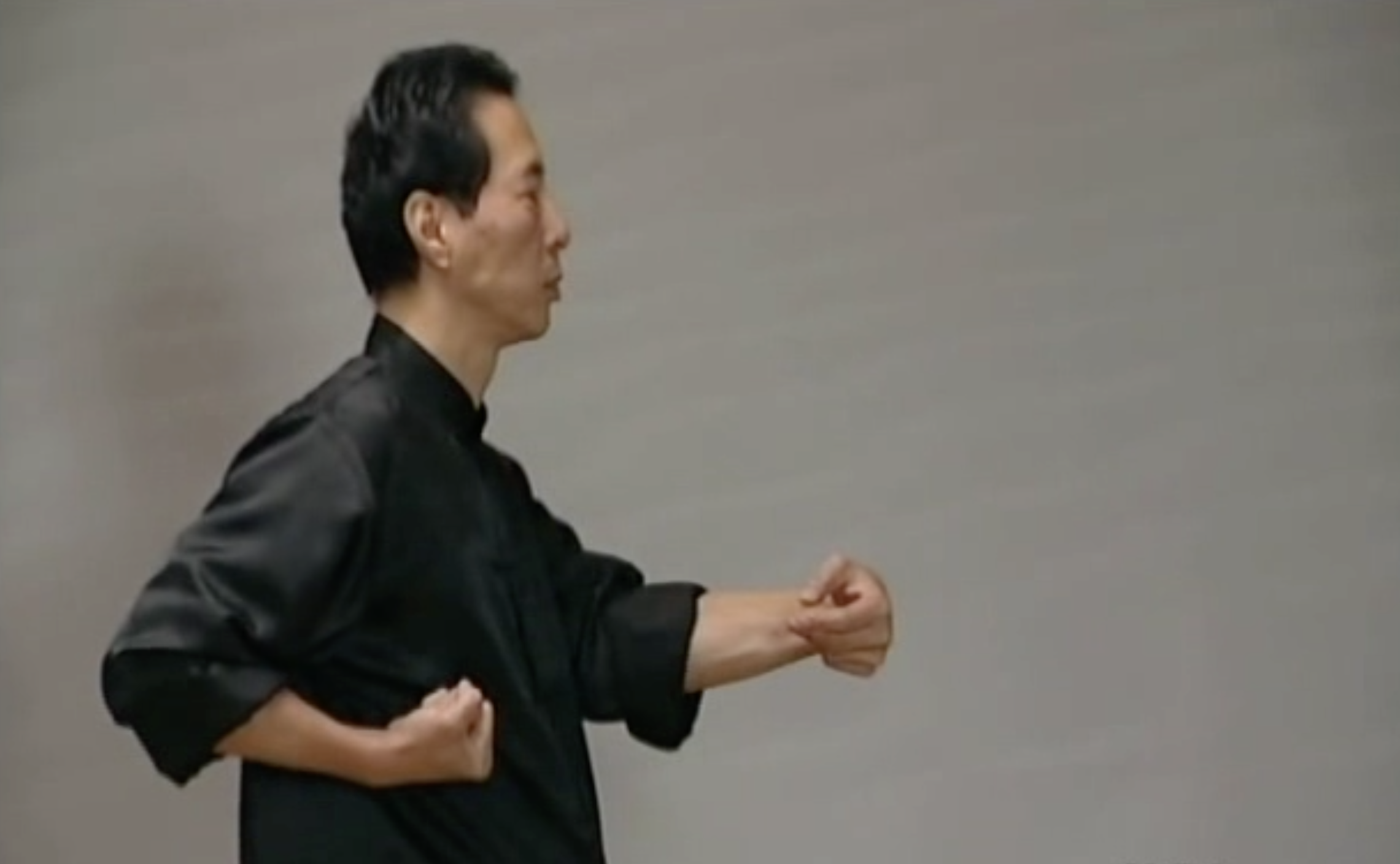
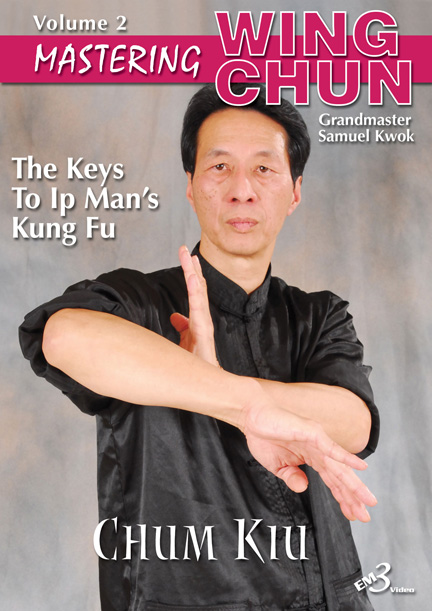
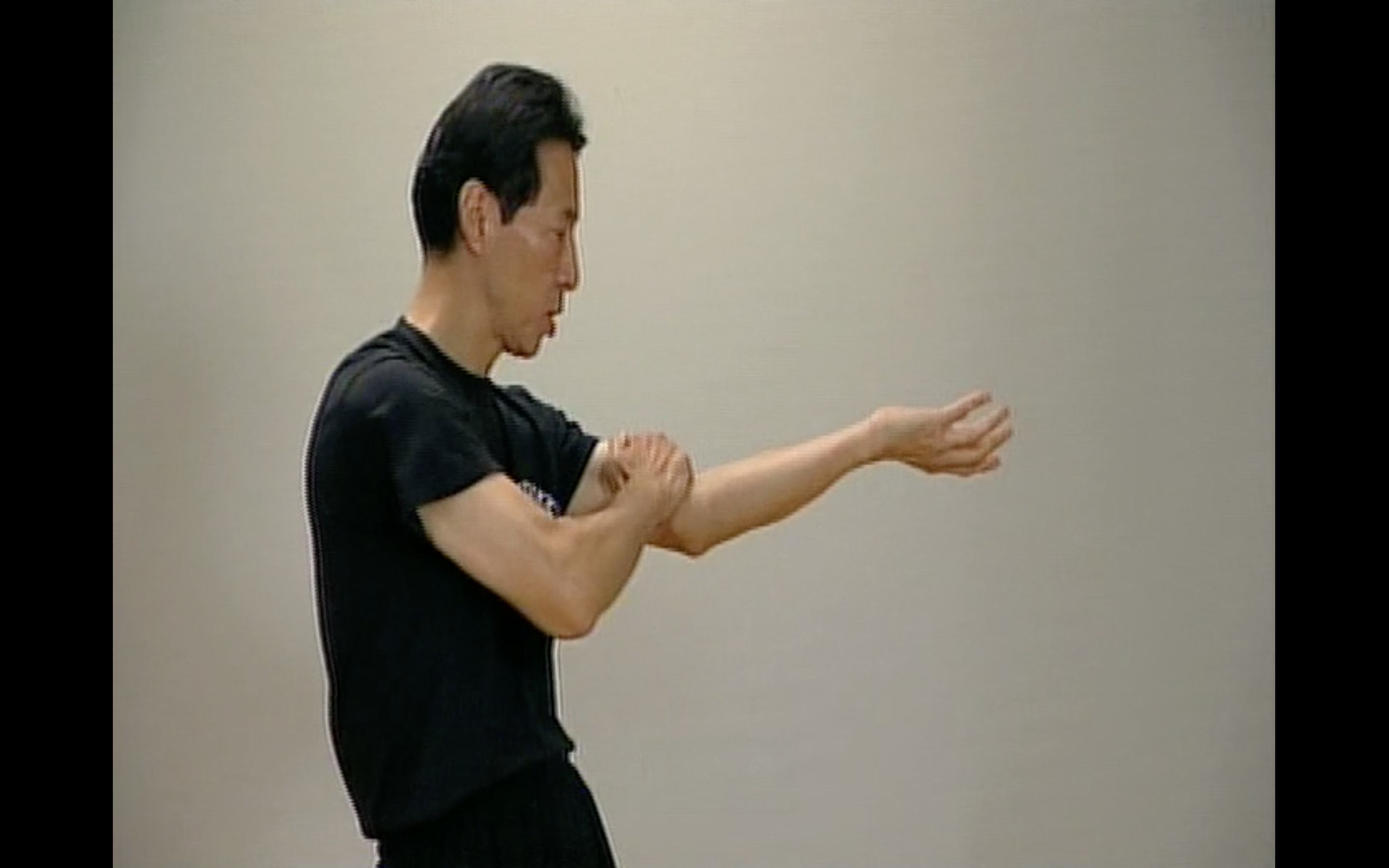
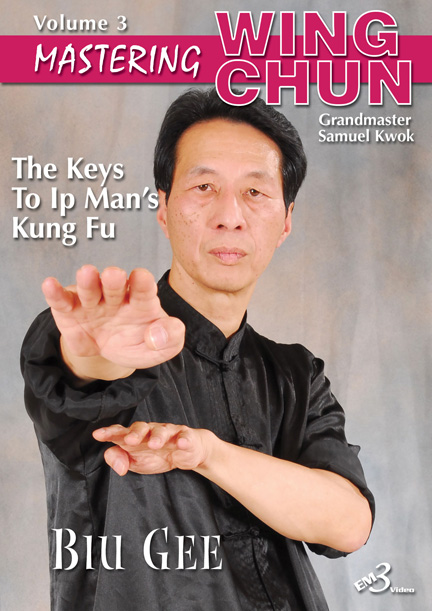
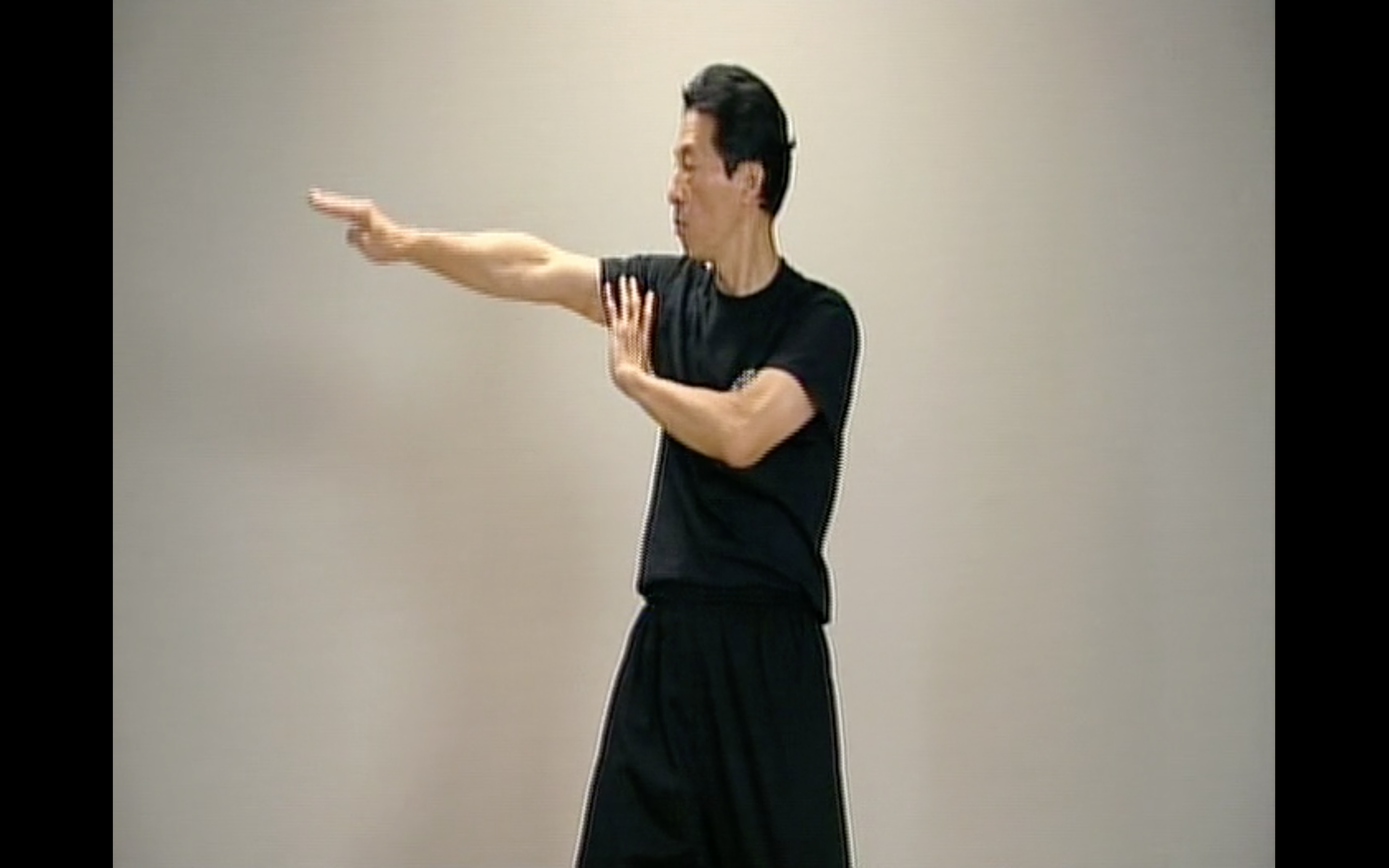

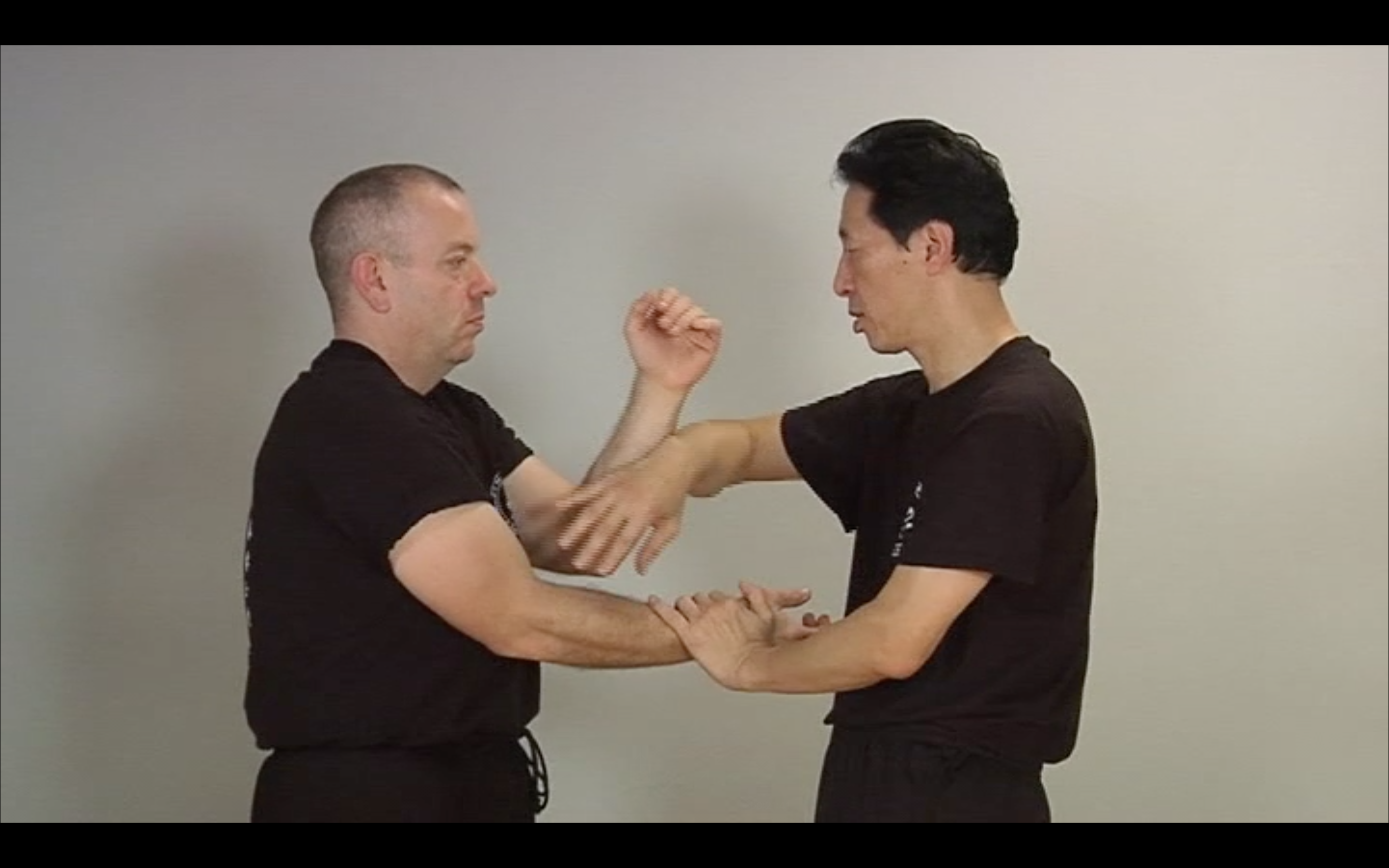
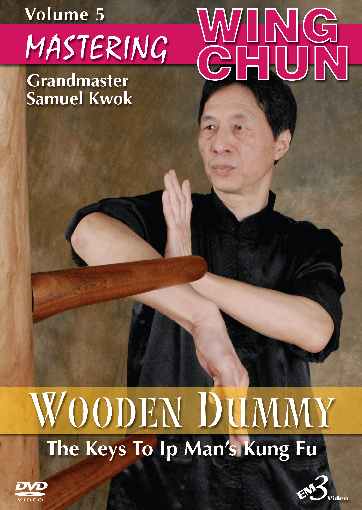
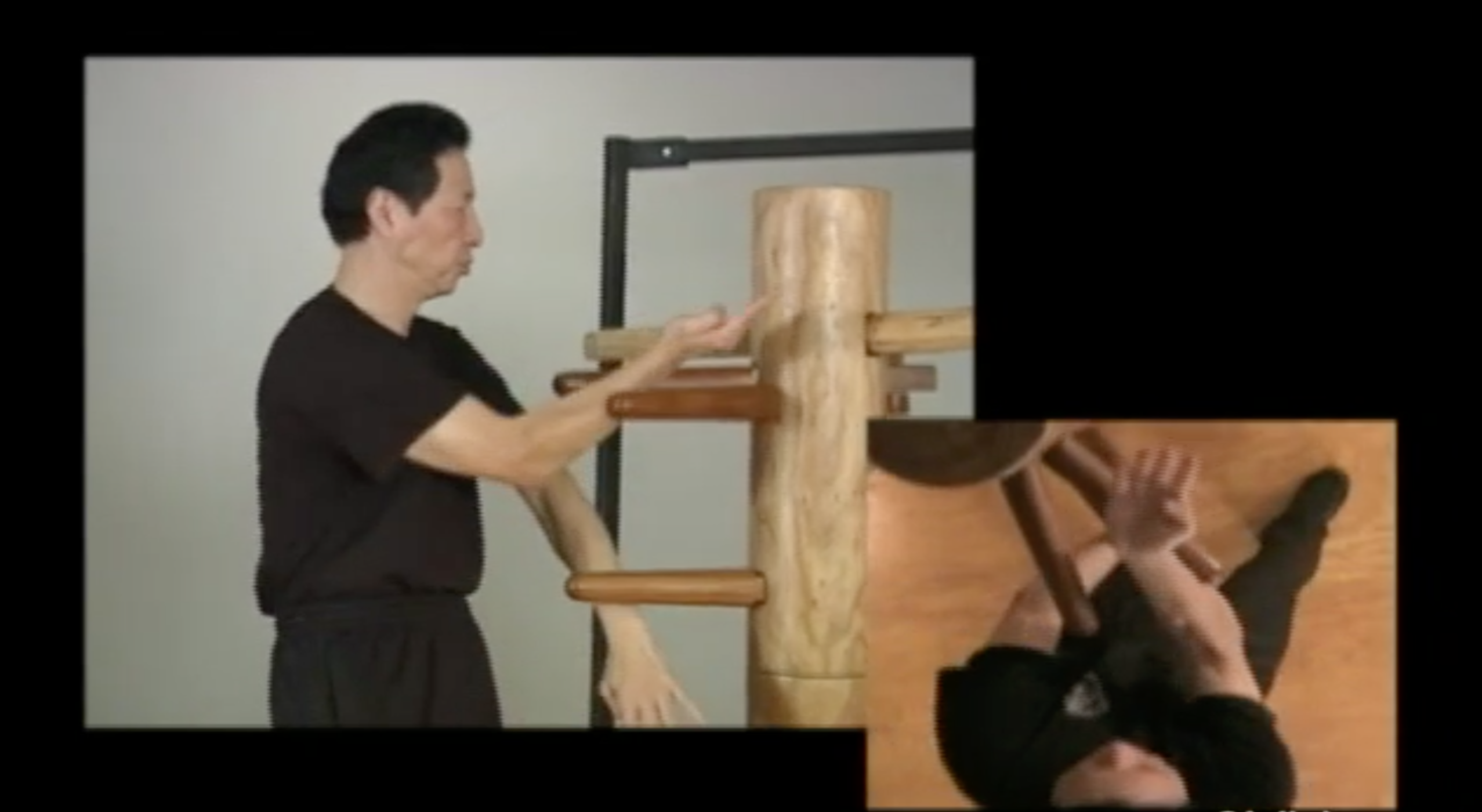

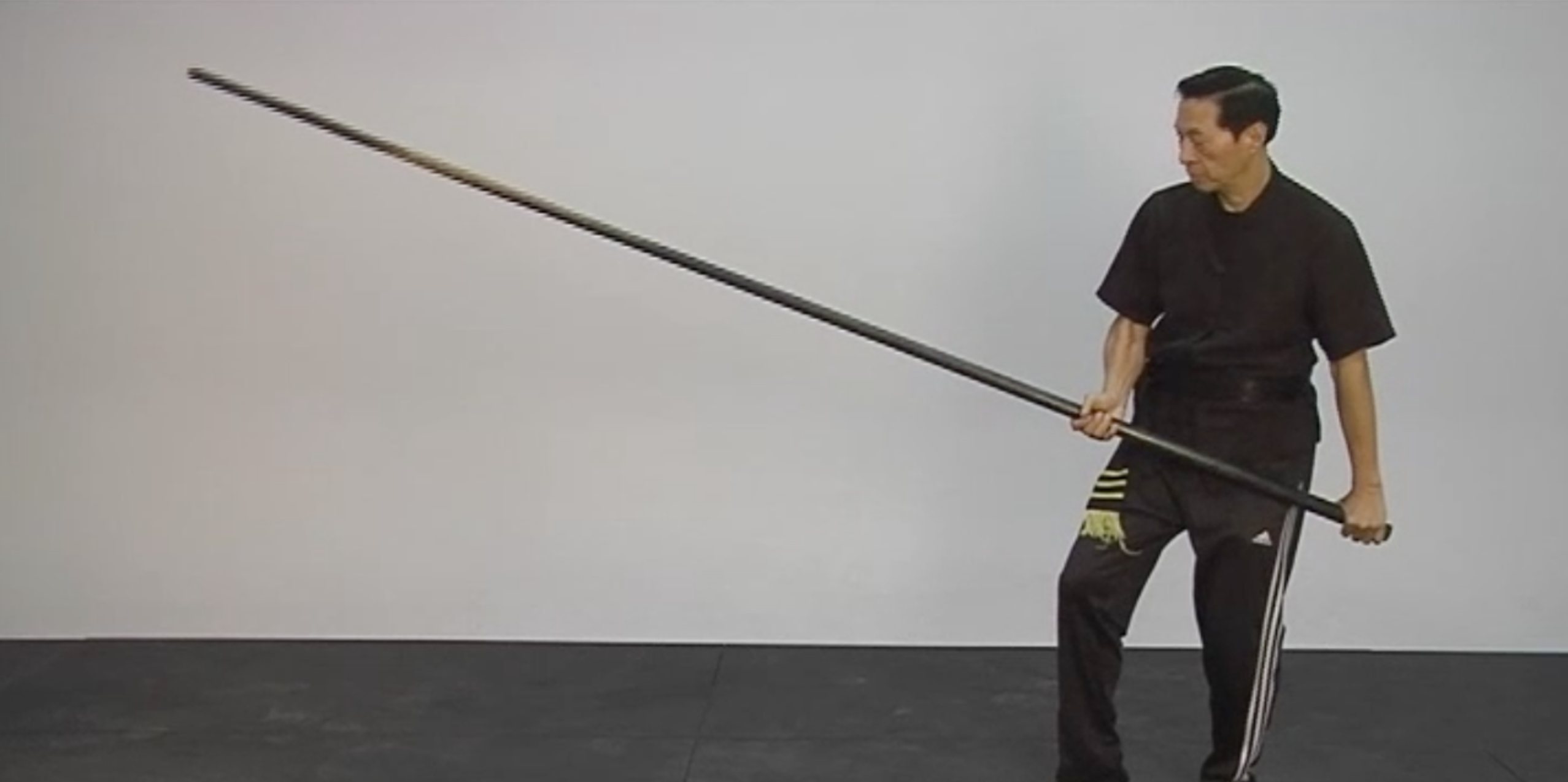

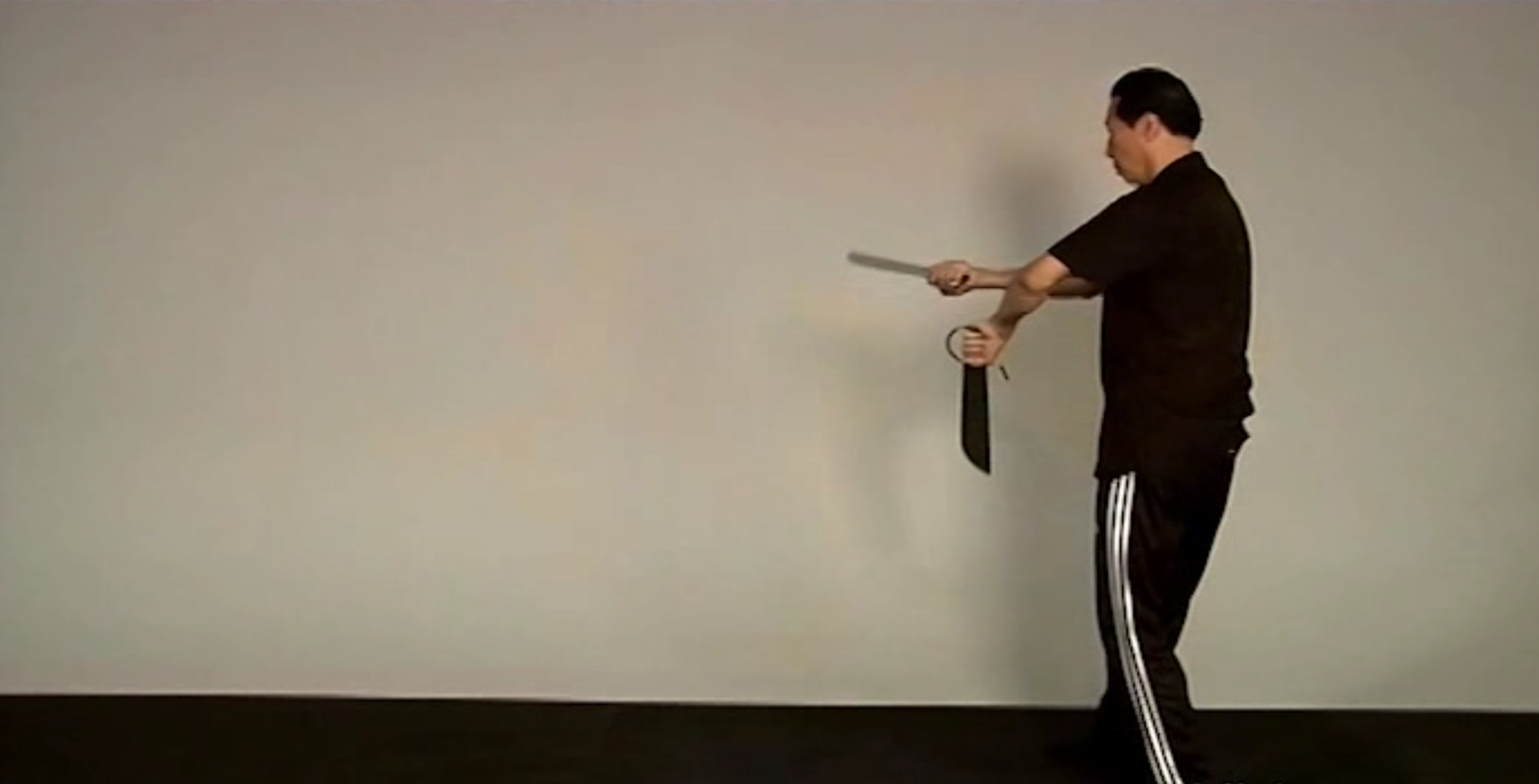
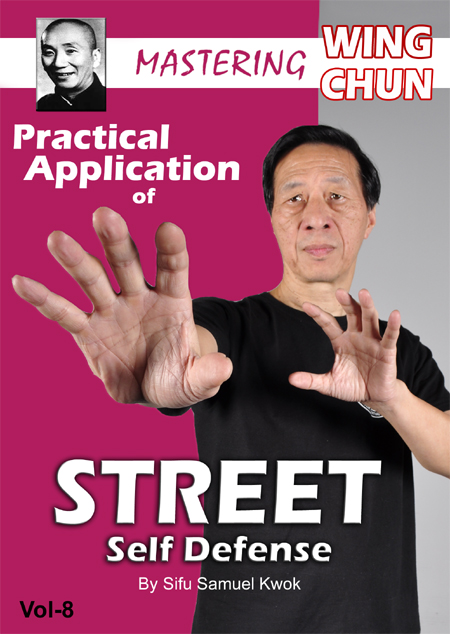

Reviews
There are no reviews yet.